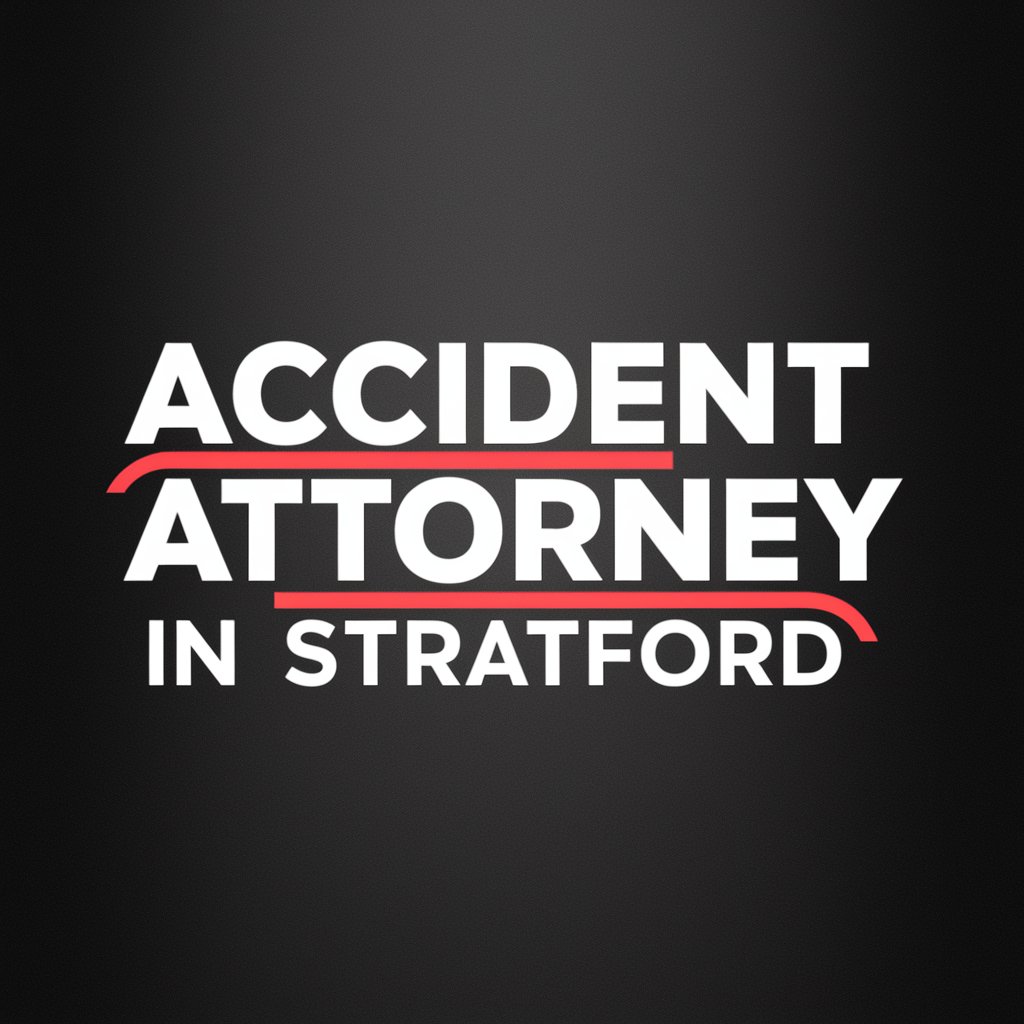When I was laid off for the first time, I did what most people do: panic, cry a little, then open a blank Word document titled “Resume 2025 FINAL FINAL.” That blinking cursor on an empty page felt more intimidating than the layoff itself.
I sat there, trying to remember how to make bullet points sound impressive, how to describe “collaborated with cross-functional teams” without sounding like a robot, and—worst of all—how to format everything without turning it into a disaster every time I hit “Enter.”
It was humbling. And frankly, it was a waste of time.
That experience taught me a strange but valuable lesson: job hunting is a job in itself. But no one talks about how much of that job is just trying to present yourself on paper without losing your mind. That’s where the modern resume builder quietly enters the story—not as a flashy gimmick, but as a simple, silent ally.
The Resume Myth We All Fall For
Somewhere along the line, we were taught that a resume had to be this artisanal product—crafted from scratch, handpicked fonts, maybe a subtle pop of color to show we’re creative but not too creative.
We spend hours sweating over line spacing, whether to bold our job titles, and if that 3-month freelance project deserves its own bullet point.
But here’s the truth: resumes are a means to an end, not a masterpiece.
Recruiters don’t have time to admire your formatting. They want clarity, relevance, and speed. They’re looking for signs you know what you’re doing—and that you’re not going to make their job harder.
That’s what makes a well-designed resume builder so powerful. It cuts through the fluff and helps you deliver what actually matters.
A Good Resume Isn’t Written—It’s Structured
You could be the most talented copywriter, engineer, or marketer in the world, and your resume might still get overlooked because it isn’t organized the right way.
That’s the kind of insight most of us never get until we’ve sent out 47 applications and heard nothing back.
The structure is everything. Section headings, reverse-chronological order, clean margins, no weird fonts. These aren’t stylistic choices—they’re survival tactics. They’re how you make it past the digital bouncers known as Applicant Tracking Systems (ATS).
A modern resume builder does this part for you automatically. You don’t have to worry about whether “Education” should come before “Skills,” or how to align dates to the right side without breaking everything. It’s already taken care of.
The Quiet Revolution of User-Friendly Tools
We’ve quietly entered a golden age of tools designed not for companies, but for people. People who don’t want to sign up for yet another platform. People who don’t want to pay $19.99 just to download their own resume. People who want to move fast, but not look sloppy.
Some resume builders now let you paste in your LinkedIn profile URL, and like magic, your resume appears—clean, formatted, ready to tweak. No account. No catches. Just progress.
That may not sound revolutionary, but if you’ve ever spent an afternoon manually typing your job history for the 12th time, you know how game-changing that is.
Templates Don’t Kill Creativity—They Set You Free
There’s a weird stigma around using templates. Like if you didn’t design every pixel yourself, your resume is somehow less valid.
Let me push back on that: templates are tools, not crutches. When they’re done well, they free up your energy to focus on what really matters—telling your story.
A quality resume builder doesn’t lock you into a generic format. It offers variety: professional, modern, minimalist, even ones with subtle design elements if that’s your vibe. You choose the frame that best fits your experience. Then you make it yours.
One Resume Isn’t Enough Anymore
Here’s the truth about modern job hunting: one-size-fits-all doesn’t work. You need to tailor your resume—sometimes subtly, sometimes drastically—for different roles.
That’s where most people give up. Because the idea of making five different resumes feels like torture.
Unless, of course, you’re using a tool that makes it frictionless. A resume builder with customizable sections, easy duplication, and drag-and-drop reordering? Suddenly you’re not dreading edits—you’re testing strategies.
You Don’t Need to Be Experienced to Be Impressive
Not every job seeker has a decade of experience. Some are fresh graduates, career changers, or parents re-entering the workforce. And for them, traditional resume advice can feel completely out of touch.
But a smart resume tool doesn’t assume you’re already a VP of Something Important. It guides you toward highlighting your strengths—your skills, your projects, your growth.
Whether you’ve managed a team or a student club, volunteered at a nonprofit or coded your own app—there’s a way to tell that story. A resume builder that supports flexible section types (like Projects, Certifications, or Volunteering) gives you the space to shine, even if your work history is unconventional.
The Future Is Frictionless
We’re used to assuming that anything useful online will have a catch. A paywall. A mandatory sign-up. An aggressive upsell.
But there’s a quiet trend pushing back: tools that respect your time and attention. Tools that solve problems without exploiting your frustration.
A resume builder that lets you build, edit, and download your resume for free, with no account, no watermark, and no endless sales pitch? That’s not just convenient—it’s a little revolutionary.
And it might just be the reason you stop procrastinating and start applying.
Final Thoughts: It’s Not Cheating, It’s Working Smart
You wouldn’t build your own car to drive to work. So why build your resume from scratch if someone already made a better engine?
There’s no shame in using a tool—especially one designed to help you succeed in a broken hiring system. In fact, there’s wisdom in it.
So whether you’re updating your resume after a promotion, starting from scratch, or recovering from a layoff like I was, consider making your first move with a tool that actually makes things easier.
Start with a good resume builder. Then take the leap.
You’ve got this.



